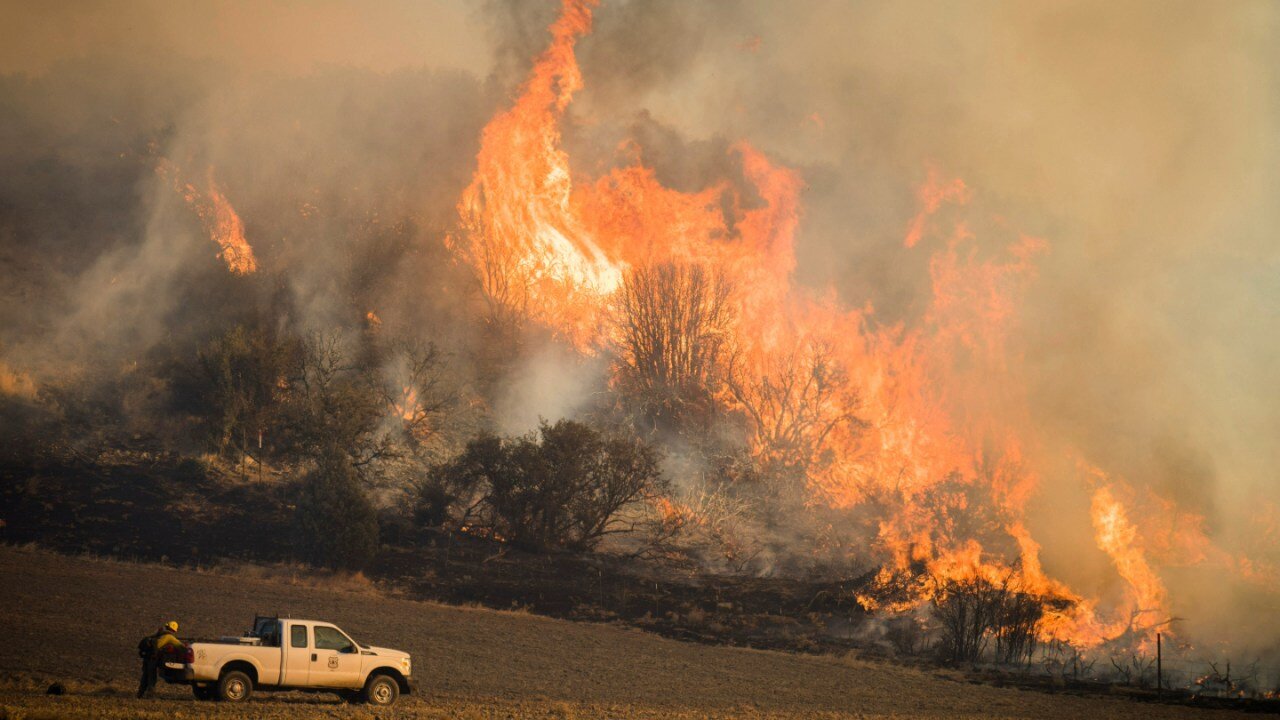A recent NASA study using satellite data has uncovered the impact of drought on the regeneration of western ecosystems following wildfires, offering valuable insights for conservation efforts.
Researchers examined over 1,500 fires in the West from 2014 to 2020 and collected data on drought conditions dating back to 1984. The study revealed that droughts hinder the recovery of grasslands and shrublands, particularly in Nevada and Utah, even after less severe fires. In contrast, forests, if not severely burned, exhibit better rebound due to their ability to access water deeper in the ground. The findings were published in Nature Ecology & Evolution.
“Many of the West’s grasslands are susceptible to low-severity fires,” said Shahryar Ahmad, the study’s lead author and a research scientist at NASA’s Goddard Space Flight Center in Greenbelt, Maryland. “This study demonstrates that even these fires can lead to slow recovery in these ecosystems when preceded by a drought.”
If ecosystems do not have sufficient time to recover before another drought or fire, it could result in permanent changes in the plant species present. This, in turn, may elevate the risk of soil erosion and landslides, as well as disrupt the typical water runoff patterns into streams and lakes.
“After a fire is contained, that’s when the restoration efforts take place,” said Everett Hinkley, the national remote sensing program manager for the U.S. Forest Service, who was not involved in the study. “Understanding how a specific ecosystem and land cover type will respond after a fire informs the necessary actions to restore the landscape.”
2024-03-27 16:51:02
Article from phys.org
